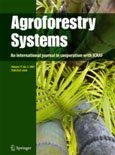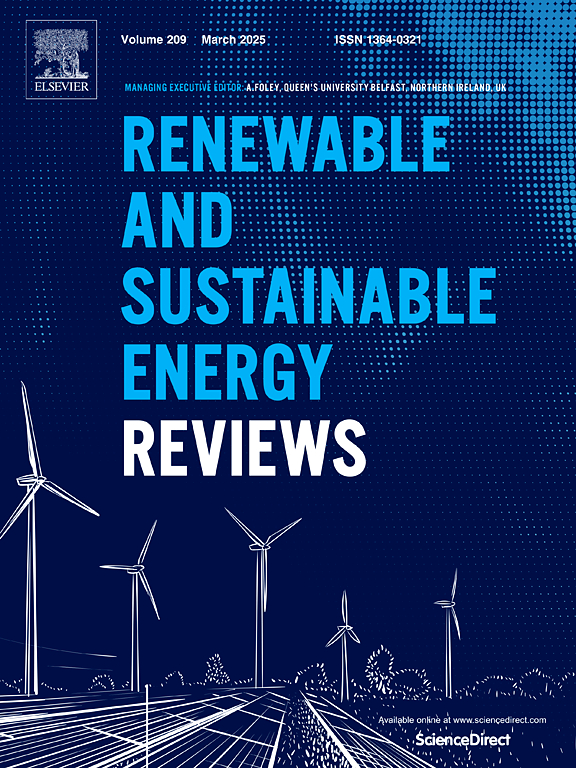Human activities and their relation with land, through agriculture and forestry, are significantly impacting Earth system functioning. Specifically, agriculture has increasingly become a key sector for adaptation and mitigation initiatives that address climate change and help ensure food security for a growing global population. Climate change and agricultural outcomes influence our ability to reach targets for at least seven of the 17 Sustainable Development Goals. By 2015, 103 nations had committed themselves to reduce greenhouse gas emissions from agriculture, while 102 countries had prioritized agriculture in their adaptation agenda. Adaptation and mitigation actions within agriculture still receive insufficient support across scales, from local to international level. This paper reviews a series of climate change adaptation and mitigation options that can support increased production, production efficiency and greater food security for 9 billion people by 2050. Climate-smart agriculture can help foster synergies between productivity, adaptation, and mitigation, although trade-offs may be equally apparent. This study highlights the importance of identifying and exploiting those synergies in the context of Nationally Determined Contributions. Finally, the paper points out that keeping global warming to 2 °C above pre-industrial levels by 2100 requires going beyond the agriculture sector and exploring possibilities with respect to reduced emissions from deforestation, food loss, and waste, as well as from rethinking human diets.
DOI:
https://doi.org/10.3390/su11051372
Altmetric score:
Dimensions Citation Count:
























